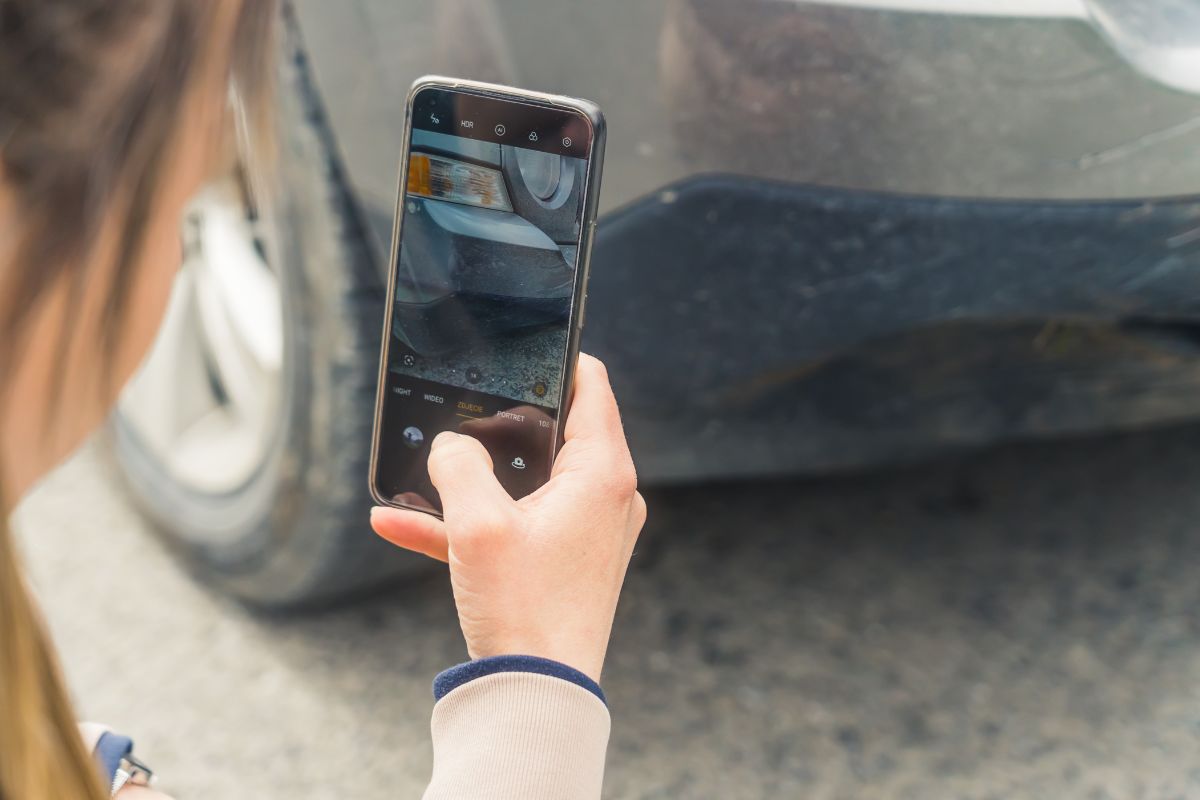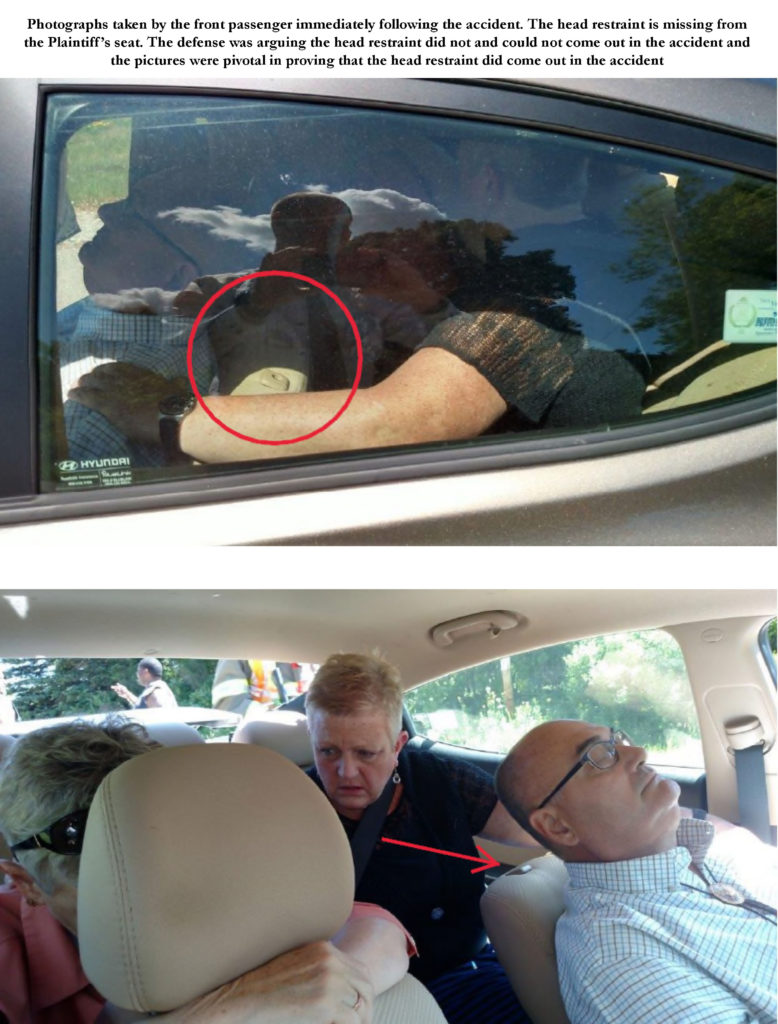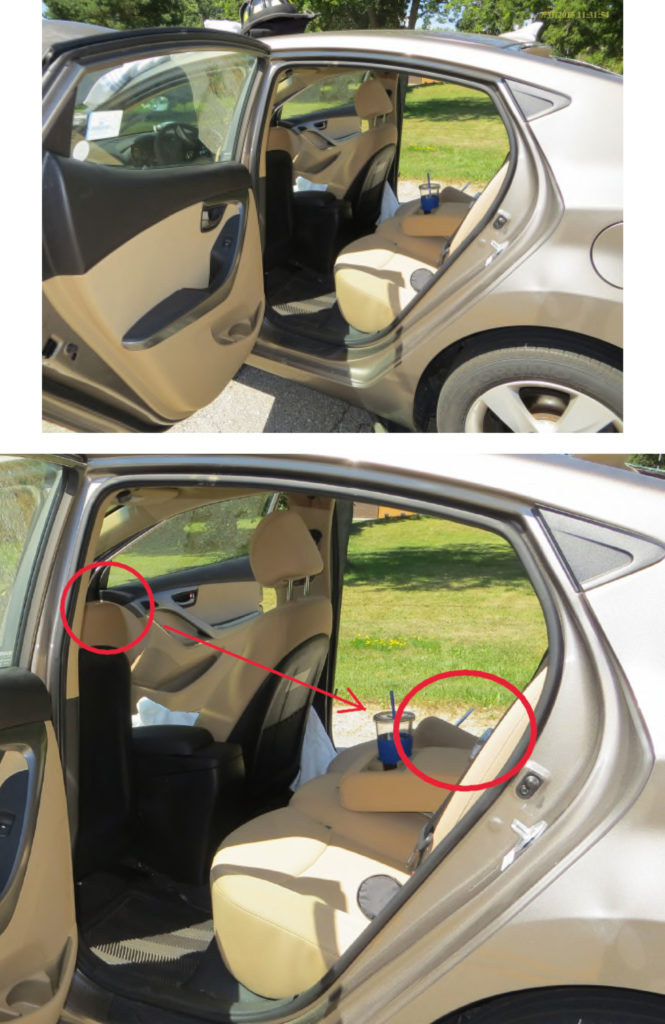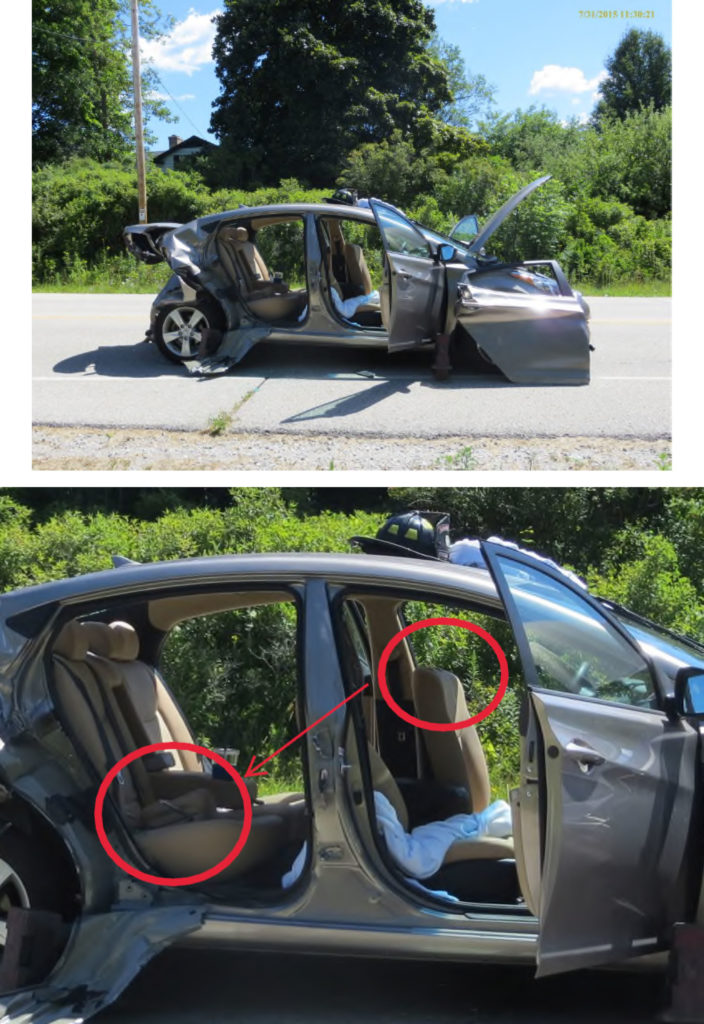
No one likes to think about being in a car accident, but chances are, at some point, you could find yourself in that situation. Accidents are frightening and stressful. It’s good to be prepared and know what to do if you’re ever in a car accident because in the moment as you’re waiting for police to arrive and file a report, you’ll have a million thoughts racing through your head. However, in this moment, one of the most important things you should be thinking about and doing is taking photos of the accident.
If you are physically capable and the accident scene is relatively safe to walk around, you should take photos of the accident.
Why Taking Photos After a Car Accident is Important:
- Photos can provide evidence regarding the fault
Photos that show the position of the cars, the point of impact, marks on the road, shots of traffic signs and more can all serve as evidence.
- Photos prove physical damage to vehicles
Getting your vehicle repaired can be costly, so the more photos your have of the damage to the vehicle, the harder it is for insurance to deny the claim.
- Photos provide proof of your injuries
If you can take photos of any injuries you may have sustained, this will help later on refute any insurance claims that the injury was pre-existing.
- Photos help you remember important facts
As stated above, you may be in a state of shock and your adrenaline is kicking in, so having photos may remind you of a witness that can help you, or other details you may forget in the moment.
We recently had a case where the photos made all the difference. The photos below are from that case. Every witness in the subject vehicle said that the client’s head restraint was in place prior to the accident, and that it was in the backseat immediately following the accident. It was our position that the head restraint came out during the accident.
The Defense said that was not possible. They argued that either it was not in place before the accident, or someone took it out after the accident.
These photographs support our theory by showing the location of the headrest immediately following the accident.



How to Take Photos After a Car Accident:
- Take photos from different angles
Also use an object in each photo to give the photo a sense of scale.
- Document weather, time and surroundings
Make sure your photos show any weather that may have impacted the crash, if it was daytime or night, and other items surrounding the accident scene that may have impacted the accident.
- Take photos immediately after the accident and later
Make sure that as you are documenting injuries you continue to do so days after the accident as well, as their may be things that show up in the days following the accident.
- Make sure you take a picture of the entire scene
Stand back far enough that you can get the whole area in the photo.
- Take photos of all vehicles that were involved
Take photos from all angles and make sure you do close-up shots of the damage. It’s a good idea to also take a photo of the license plates and any debris around as well. - Make sure you take interior photos too including airbags, shattered glass, etc.
Make sure you have photos of any deployed airbags, loose car parts, blood stains etc.
- Take photos of property damage
Take photos of the whole area, including close ups and skid marks. - Look for anything that might have contributed to the accident
This includes damaged curbs, potholes, lights, etc.
If you are not able to take photos, ask someone else on the scene to take them for you. Photos can be a crucial element of a case. After the accident, consider contacting one of our personal injury attorneys who can help gather more evidence on your behalf. The sooner this happens the better, so evidence can be preserved.
We are here to help, and we will fight for what’s right. Contact a car accident attorney at Habush Habush & Rottier to discuss the details of your situation.